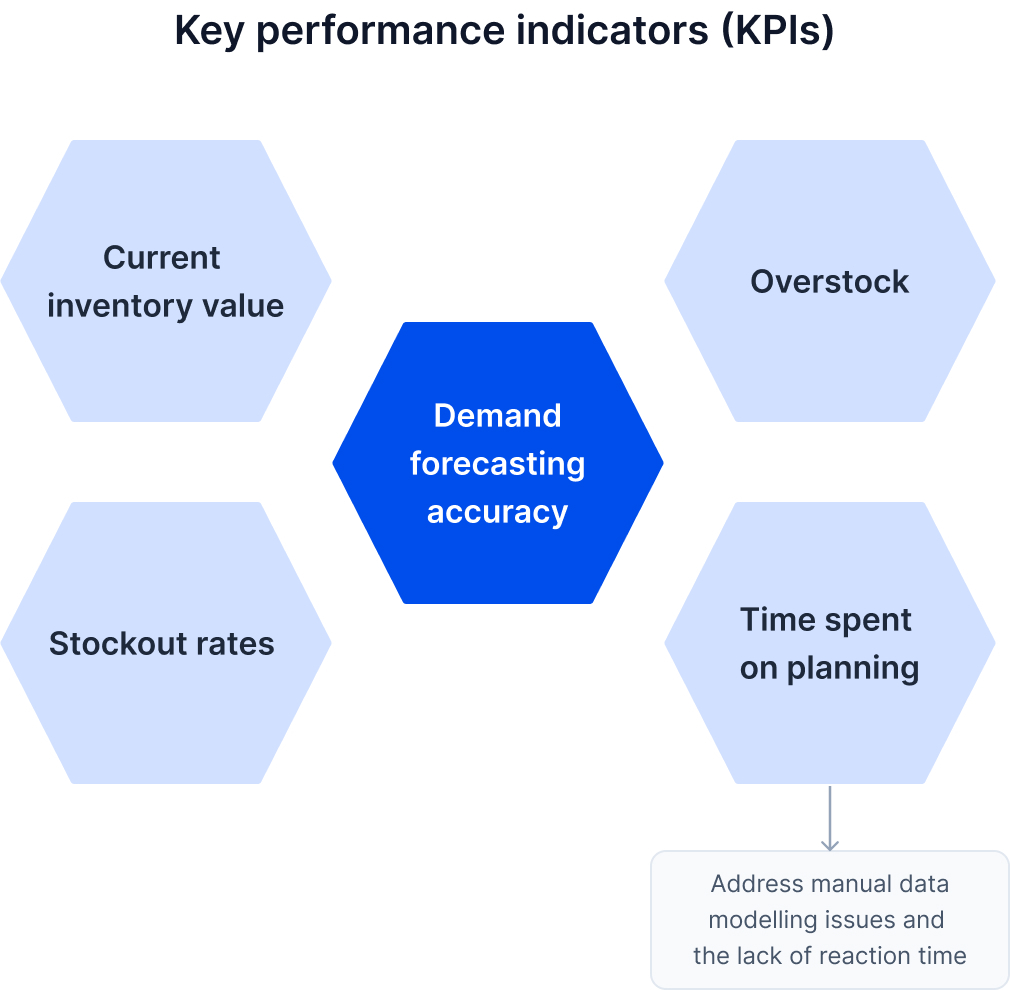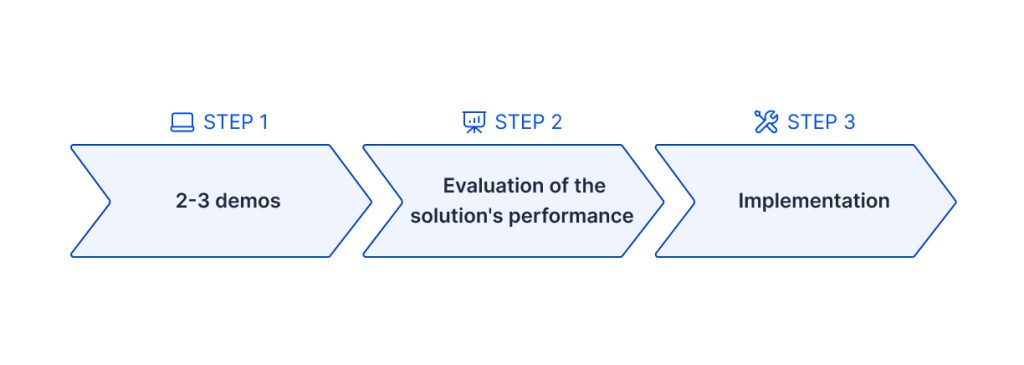The first five steps of Supply Chain Officer in a New Position

The challenge
Starting the role of Supply Chain Director presents a unique set of challenges. We frequently receive demo requests from people who have assumed this position within the last six months, navigating a particularly demanding scenario.
These professionals find themselves in a challenging predicament, as the company not only anticipates results from them but also expects solutions to existing problems. Compounding this, the team has had insufficient time to establish a relationship with the new Supply Chain Director and, consequently, resists the changes mandated by the role. This resistance is deeply rooted in the team’s powerful habits, making any proposed changes a formidable undertaking.
The solution
Playing the role of a ‘wind of change’ or a doctor administering necessary pain for long-term improvement is indeed a daunting task. At GMDH Streamline, we’ve curated valuable suggestions to help navigate and overcome these challenges.
The first 5 steps to set you on the path to success:
Evaluate the Current State of the Company
Assess the strengths, weaknesses, and areas needing improvement. Dive into historical data, especially if Excel has been the primary planning tool. Identify previous shortcomings and calculate key performance indicators (KPIs).

Set up SMART Goals
Once problems are identified, establish Specific, Measurable, Achievable, Relevant, and Time-bound (SMART) goals.
Specific
Firstly, ensure that your goals are Specific, leaving no room for ambiguity. Clearly articulate the desired outcomes, such as enhancing forecasting accuracy or optimising inventory levels.
Measurable
Next, make sure your goals are Measurable. Establish metrics and key performance indicators (KPIs) that allow you to quantify progress.
Achievability
Achievability is a critical aspect to consider. While it’s essential to aim high, goals should be realistically attainable.
Relevance
Relevance is another key factor in goal-setting. Align your goals with the overarching objectives of the company and the challenges identified in the initial assessment.
Time-bound
Lastly, imbue your goals with a Time-bound element. Define a clear timeframe within which these objectives should be accomplished.
Find a Tailored Solution
Seek a solution that aligns with your processes, optimises them, and can achieve your goals. It is better to consider solutions implemented by experienced consultants who understand your company’s processes and can map them with the chosen solution. Additionally, consider the reputation of potential solutions on reputable platforms like G2.com and Gartner, where recognition and positive reviews underscore their reliability and effectiveness in addressing diverse supply chain challenges.
Book Demos and Prove Value
Schedule 2-3 demos with top-listed solutions. After demos, it’s crucial to prove the value. It’s imperative to go beyond surface-level presentations and request a test project utilising your own data. This step allows for a hands-on evaluation of the solution’s performance by comparing its forecast against actual data and benchmarking it against your team’s demand forecast. Only after thorough evaluation and confirmation that the solution not only outperforms but also aligns seamlessly with your goals should you confidently proceed toward implementation.

Plan for the Future
Look ahead to anticipate the company’s future needs. Consider the scalability of planning tools, even if sophisticated features may not be necessary at present. As your team gains experience and the company expands, there will be evolving requirements that the chosen solution must accommodate.
Develop a roadmap
Develop a roadmap for integrating workflow systems, addressing inventory reporting challenges, and enhancing planning tools.
Prepare your team for implementation
Clearly outline responsibilities in the implementation agreement, select a project manager and IT specialists, that have the capacity for the project and will not put the project back.
Safeguarding success
Clarify Implementation Acceptance Criteria and prioritize consultant support during the first order cycle.
Streamline the process
Being a ‘wind of change’ is challenging, but change is necessary for achieving new and improved results. At Streamline, we offer unwavering support, deep involvement in your company’s processes, and mapping them with our solution to meet business challenges and boost profitability. With Streamline, it’s not just about adapting to change; it’s about leveraging it to catalyze positive, sustainable, and profitable transformations within your organization.

Still relying on manual work in Excel for planning?
Automate demand and supply planning with Streamline today!
- Achieve optimal 95-99%+ inventory availability, ensuring you can meet customer demand consistently.
- Attain up to 99% forecast accuracy, getting more reliable planning and decision-making.
- Experience up to a 98% reduction in stockouts, minimizing missed sales opportunities and customer dissatisfaction.
- Cut excess inventory by up to 50%, freeing up valuable capital and storage space.
- Increase margins by 1-5 percentage points, boosting overall profitability.
- Enjoy up to 56 times ROI within one year, with a 100% ROI achievable in the first three months.
- Reduce the time spent on forecasting, planning, and ordering by up to 90%, allowing your team to focus on strategic activities.